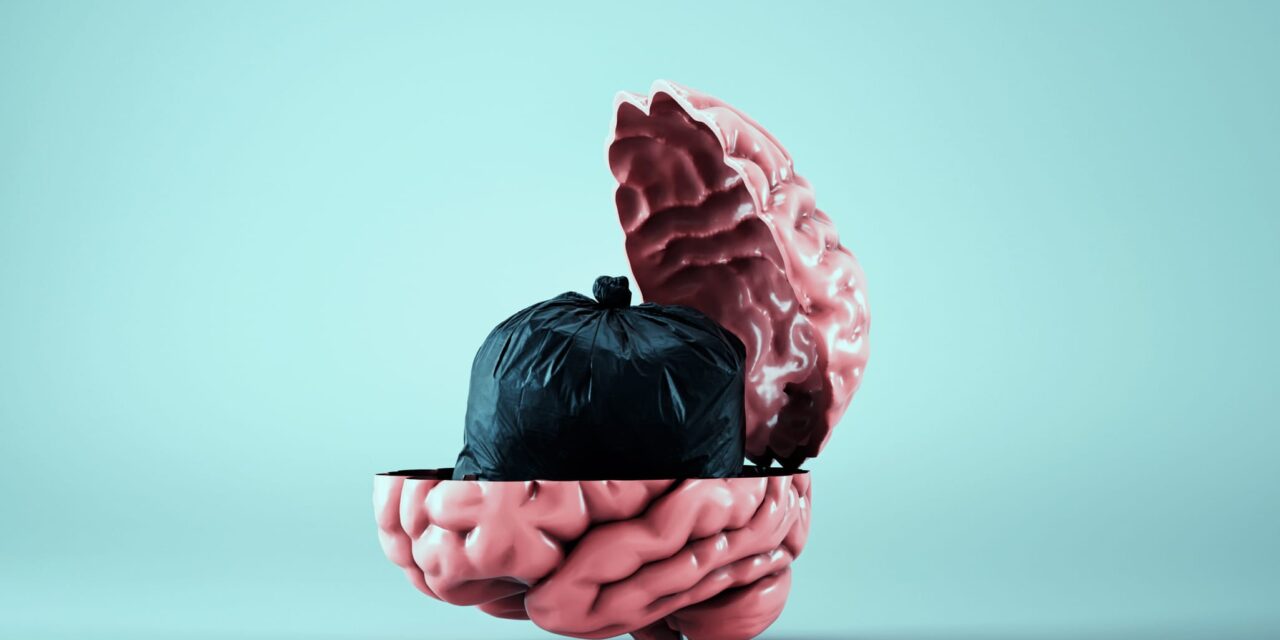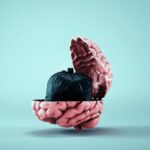Summary: A noninvasive transcranial radiofrequency treatment may safely stimulate brain toxin clearance via meningeal lymphatic vessels during wakefulness, potentially reducing cognitive impairment in Alzheimer’s patients.
Key Takeaways:
- Brain cleaning typically occurs during sleep through the glymphatic system.
- Clinical studies at the University of South Florida demonstrated that Alzheimer’s patients receiving daily MemorEM treatments experienced significantly improved removal of toxins (beta-amyloid and tau) from the brain into the bloodstream.
- Further clinical trials are essential to fully evaluate the broader application of this technology for neurological disorders associated with aging.
The glymphatic system cleans toxins from the brain, but that work happens almost exclusively during sleep, putting people with insufficient sleep at risk for a buildup of beta-amyloid, tau, and other waste products. Now, a new perspective article published in the Journal of Clinical Medicine focuses on the downstream targeting of cerebrospinal fluid/brain toxin drainage via meningeal lymphatic vessels instead. The paper provides evidence that a noninvasive investigational technology—transcranial radiofrequency treatment via a device called MemorEM—can increase brain toxin cleansing in humans during wakefulness.
“An ability to safely induce brain cleansing during wakefulness is important because of the reduced sleep and sleep disturbances that occur during aging and in multiple brain disorders of aging, such as Alzheimer’s disease and Parkinson’s disease,” says Gary W. Arendash, PhD, author of the paper and principal at RF Longevity, in a release.
In clinical studies performed at the University of South Florida, Alzheimer’s patients were given daily radiofrequency wave treatment during wakefulness at home by their caregivers. Blood and brain levels of beta-amyloid and tau were measured several months and one to two years into treatment.
Radiofrequency wave treatment resulted in a substantial increase in toxin drainage from the brain and into the blood of the Alzheimer’s patients. “It appears that radiofrequency wave treatment increases the natural flow of fluid out of the brain through meningeal lymphatic vessels,” Arendash says. “Acting as sinks, these lymphatic vessels normally carry around 50% of toxins and metabolic wastes out of the brain during sleep, but their flow is decreased in normal aging and Alzheimer’s disease.”
In the treated Alzheimer’s patients, cognitive impairment was stopped and even reversed by 1-hour radiofrequency wave treatments to the entire brain during wakefulness.
“We are excited by the implications of these clinical findings, which appear to be the first to provide biomarker evidence of increased brain cleansing by any human clinical intervention,” Arendash says. He emphasized the importance of additional clinical trials with this technology in both normal humans and those with neurologic disorders of aging to determine the technology’s full potential for human brain cleansing.
Related:
ID 261356940 © Mihaela Rosu | Dreamstime.com








